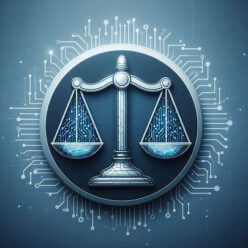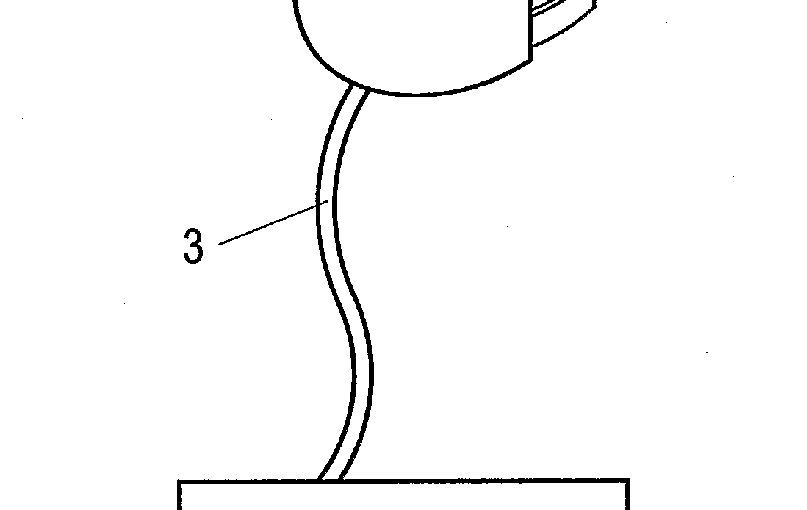This decision concerns an invention involving machine learning. The Board of Appeal ruled on the need to disclose training data in a patent application.
Object of the Invention:
- use of an artificial neural network to transform the blood pressure curve measured at the periphery into the equivalent aortic pressure
- Claim 1 differs from the closest prior art (general purpose computer) in that the transformation of the blood pressure curve measured at the periphery into the equivalent aortic pressure is carried out with the aid of an artificial neural network whose weighting values are determined by learning’
Board I (sufficiency of disclosure (Article 83 EPC)):
- the application does not disclose which input data are suitable for training the artificial neural network according to the invention, or at least one data set suitable for solving the present technical problem
- the training of the artificial neural network can therefore not be reworked by the person skilled in the art and the person skilled in the art can therefore not carry out the invention
- no sufficient disclosure, since the training according to the invention cannot be carried out due to a lack of corresponding disclosure
Appellant (inventive step):
- the use of an artificial neural network has the technical effect that the cardiac output can be determined reliably and precisely, while keeping the computing effort within reasonable limits, which enables integration into a mobile and correspondingly handy device
Board II (inventive step):
- neither the claim nor the description contain details regarding the training of the neural network
- the claimed neural network is therefore not adapted for the specific claimed application
- the claimed effect is not achieved in the claimed method over the entire claimed range
- the effect cannot therefore be considered as an improvement over the prior art when assessing the inventive step
- the object is to provide an alternative to the method disclosed in D1
- the use of a neural networks not only corresponds to a general trend in technology, it was also already known for the transformation of the blood pressure curve measured at the periphery into the equivalent aortic pressure
- the subject-matter of claim 1 was therefore suggested to the skilled person by combining the teaching of D1 with his general technical knowledge or with the teaching of D8 –> no inventive step
Conclusion
- in this decision, the distinguishing feature is based on machine learning (ML)
- ML is data-driven and, therefore, the success of an ML invention will largely depend on the data on which it is trained
- if there is too little suitable training data, it may not work
- the application does not disclose any input data or data set
- for AI patent applications, at least some effort should be made to explain:
- what training data is used, and
- why enough of it is available to train the ML system appropriately

